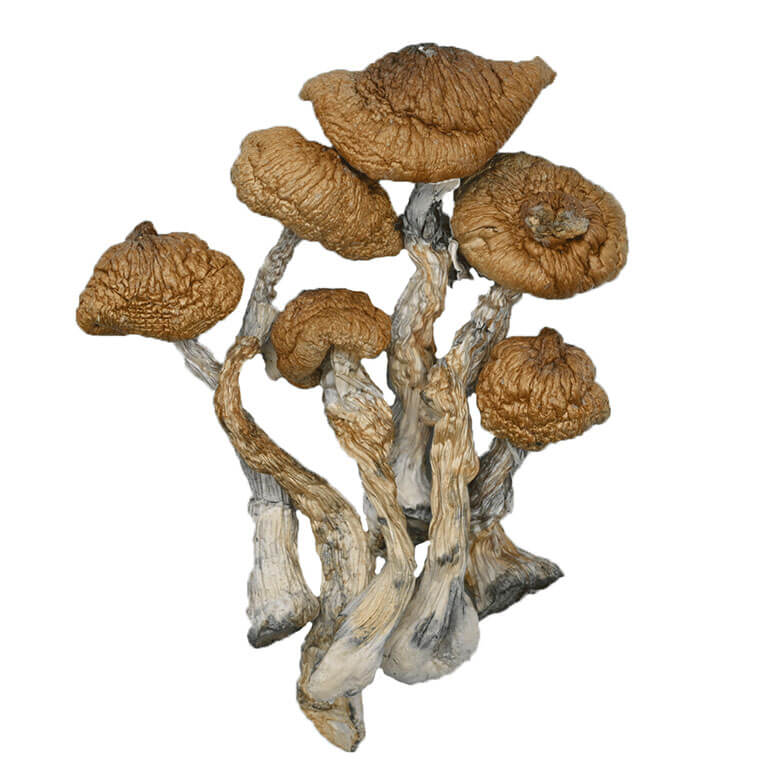Girl Scout Cookies Strain Overview
GSC, also known as “Girl Scout Cookies,” is a renowned indica-dominant hybrid marijuana strain, originating from the creative hands of California breeder, Jigga.
This strain emerged from a cross of a sub-type of OG Kush and the intermediate strain F1 Durban. GSC has become famous for its euphoric effects and deep full-body relaxation.
THC – 18% to 28%
The THC content of the Girl Scout Cookies strain is generally high, varying from 18% to as much as 28%, depending on the specific phenotype and growing conditions. This potency is a significant factor in the strain’s popularity among cannabis enthusiasts, particularly those seeking strong effects.
AromaS
Terpenes Profile
Myrcene
This terpene offers a herbal aroma and is associated with sedative effects.
Limonene
Characterized by its citrus scent, limonene is often linked to mood elevation and stress relief.
Caryophyllene
A spicy, peppery terpene known for its potential anti-inflammatory properties.
FEELINGS
Happy
Giggly
Hungry
NEGATIVES
Paranoia
Dry Mouth
Dry Eyes
History and Genetic
The Girl Scout Cookies (GSC) strain has a notable history that began in California. It was first bred by the Cookie Family, a collective of cannabis growers in Northern California. The strain emerged around 2009 to 2012 and quickly gained acclaim within the cannabis community.
GSC’s genetics are a cross between OG Kush and Durban Poison. OG Kush, known for its potent effects and complex aroma, contributed to the relaxing and euphoric aspects of GSC. Durban Poison, a Cannabis sativa with South African origins, added an energetic and uplifting quality to the strain.
The popularity of GSC surged due in part to its association with cannabis mogul and rapper Berner (real name Gilbert Millam, Jr.), a San Francisco native. Berner is credited with helping to bring the strain into the mainstream, particularly after introducing it to high-profile figures like Wiz Khalifa.
Over the years, GSC has won numerous awards, including the Cannabis Cup, and has given rise to several popular phenotypes and hybrids, such as Thin Mint and Platinum Cookies. The strain’s lineage, a blend of two distinct and well-regarded cannabis strains, and its impact on cannabis culture, have cemented its status as a legendary strain within the cannabis community.
Growing Information
Indoor Growing Tips
GSC grows well indoors, particularly using the Sea of Green (SOG) method. It prefers moderate amounts of fertilizer and benefits from techniques like topping and low-stress training to maximize yield. The flowering time indoors is typically 9-10 weeks, with an average yield of 400-500g/m².
Outdoor Growing Tips
When grown outdoors, GSC thrives in sunny conditions and requires regular watering, especially in hot climates. Protective measures against pests and extreme weather are crucial. Outdoor plants usually flower by late September to early October, with an average yield of around 700g/plant.
Frequently Asked Questions
Is GSC suitable for beginners?
Given its high THC content ranging from 18% to 28%, GSC may be overwhelming for beginners. It’s best suited for experienced cannabis consumers, especially those with higher THC tolerance.
What are the common effects of consuming GSC?
GSC is known for producing feelings of happiness, hunger, and a giggly mood. However, it can also cause dry mouth, dry eyes, and paranoia, especially at higher doses.
What makes GSC different from other strains?
GSC stands out due to its unique genetic blend of OG Kush and Durban Poison, its high THC levels, and its distinctive flavor profile. Its history, including its rise to fame partly due to Berner’s influence, also adds to its distinctiveness.



















